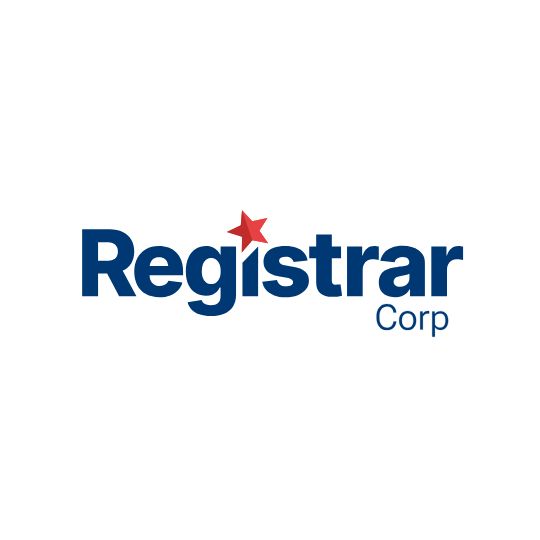Bringing a cosmetic product to the Canadian market is often described as straightforward — and in many respects, it is — but only when you understand exactly what Health Canada expects before you ship your first unit. At the centre of this requirement is the Cosmetic Notification Form, known across the industry simply as the CNF. Filing this form correctly, on time, and with the right information is not a nice-to-have; it is the legal declaration that confirms your product qualifies as a cosmetic under Canadian law and can be sold without risking costly rejections, customs delays, or stop-sale orders.
Understanding What Counts as a Cosmetic
For many international brands, especially those used to European frameworks, the first point of confusion is what Canada considers a cosmetic. Under the Food and Drugs Act, a cosmetic includes any substance or mixture manufactured, sold, or represented for use in cleaning, improving, or altering the complexion, skin, hair, or teeth — this extends to perfumes and deodorants too. What it does not cover are products with therapeutic claims. If your packaging, website or ads mention treating skin conditions, healing, or providing medicinal effects, you may have crossed the line into drug or natural health product territory, which requires an entirely separate licensing process.
Confirming that what you want to sell truly qualifies as a cosmetic is the first critical step. This means reviewing every word on your packaging and promotional material to avoid crossing into therapeutic claims that demand more than a CNF can provide.
The Role of the CNF
Once you know your product clearly qualifies as a cosmetic, you need to understand what the Cosmetic Notification Form does — and does not do. Unlike a drug or device license, the CNF is not an approval or certificate of safety. It is a mandatory post-market filing that formally tells Health Canada what you intend to sell, who is legally responsible for it in Canada, and what it contains. By law, this form must be submitted within ten days of selling a cosmetic in Canada for the first time. In practice, very few brands wait that long; major retailers, distributors and customs brokers usually expect confirmation of a valid CNF long before the first unit leaves your warehouse.
What Goes Into the Notification
The CNF is filed electronically through Health Canada’s online portal and collects detailed information about the product’s identity, purpose and contents. You will need to declare the product name, format and function, the name and Canadian address for the Responsible Person, the manufacturer’s information, and a complete ingredient list showing exact percentages or acceptable ranges for every substance used.
This is where many brands run into issues. Unlike other countries that allow general ingredient listings for marketing, Canada expects full disclosure of what is actually in the product, with precise percentages. This allows Health Canada to confirm that no prohibited or restricted substances slip through unnoticed and that all ingredients comply with limits in Canada’s Cosmetic Ingredient Hotlist.
Why Ingredient Names Matter
One of the most common mistakes new brands make is using informal or trade names instead of official INCI terms. Canada’s Cosmetic Regulations expect that each ingredient is declared using its proper International Nomenclature of Cosmetic Ingredients name, not a supplier’s internal code or a marketing-friendly nickname. For example, “Vitamin C Complex” means nothing in the CNF; you must list the exact compound, like “Ascorbic Acid” or “Sodium Ascorbyl Phosphate.” If you use both, you must declare both, with individual concentrations.
This same principle applies to fragrances and essential oils. Many fragrance blends contain regulated allergens or restricted chemicals in tiny quantities, but these must be declared when required. If your product uses a fragrance with sub-components that push it over a regulatory threshold, they must appear in the CNF and match what appears on the final label. Failing to connect these dots can lead to misbranding penalties, shipment holds or forced relabeling.
The Responsible Person Requirement
Every cosmetic in Canada must have an identified Responsible Person with a Canadian address. This is the legal point of contact for Health Canada if questions arise. For domestic brands, this is straightforward. For foreign brands with no registered Canadian office, it requires naming a credible, reachable agent who agrees in writing to take responsibility for communications and recordkeeping. A vague postbox or a distributor who has not confirmed this role creates a risk of unanswered notices or delays if an inspector requests follow-up documentation.
Filing Before You Launch
Technically, the CNF is due within ten days of first sale, but the reality is that no responsible brand waits until stock is on the shelf. Many large retail chains will demand proof of CNF filing before they list a new product. Customs officials can also stop a shipment if your declarations do not match your filed CNF. Once you submit the CNF, you receive a confirmation number — there is no “approval letter” or certificate. This confirmation is your proof that the filing exists and can be shown if requested by a retailer or inspector.
Keeping Your Cosmetic Notification Form Current
A submitted CNF is not static. If you tweak your formula, change your label significantly, adjust ingredient levels, or change your Responsible Person, you must update the CNF to reflect the product actually being sold. Failing to do so leaves you open to enforcement if your labels, your product, and your official filing do not match. Likewise, if you discontinue a product, it’s good practice to formally withdraw the CNF so your records stay clear.
Watch Out for Common Pitfalls
Mistakes in the CNF process can be expensive. One of the most common is treating the form as a last-minute box to tick, only to find that the ingredient list in the CNF and on the packaging do not line up. Inconsistent Responsible Person details, vague ingredient names, or skipped percentage declarations can all be reasons for Health Canada to follow up or reject a shipment at customs.
Another easy-to-miss issue is the Hotlist. Just because an ingredient is allowed in the EU does not mean it automatically passes in Canada. Some substances allowed in other regions may be restricted or prohibited under Canada’s Hotlist. If your CNF declares an ingredient that breaches the Hotlist’s limits, you can expect questions or corrective action. The Hotlist also covers concentration caps for certain preservatives, colorants, UV filters and fragrance ingredients. Checking the Hotlist is just as essential as preparing the CNF itself.
Good Habits for Long-Term Compliance
The most successful brands treat the CNF as an internal checkpoint for every new launch or reformulation. Before sending a design to print, reconcile the CNF ingredient list with your final label. Confirm that percentages match what you filed. Check that the Responsible Person’s name and address are up to date. Keep all supplier documentation that supports your declarations, in case Health Canada requests evidence during a post-market inspection.
Brands that operate internationally know that this level of recordkeeping is normal — but those new to Canada’s system sometimes underestimate how seriously Health Canada treats the details. Filing once and forgetting about it is rarely a winning strategy. A good CNF practice supports the bigger goal: a transparent, properly declared product that consumers can trust.
Building Trust Through Good Notification
In the end, the Cosmetic Notification Form is not just another piece of regulatory paperwork. It is a practical confirmation that you know exactly what goes into your product, you understand your responsibilities under Canadian law, and you stand behind your claims. Retailers appreciate the confidence that comes with a clear filing.









